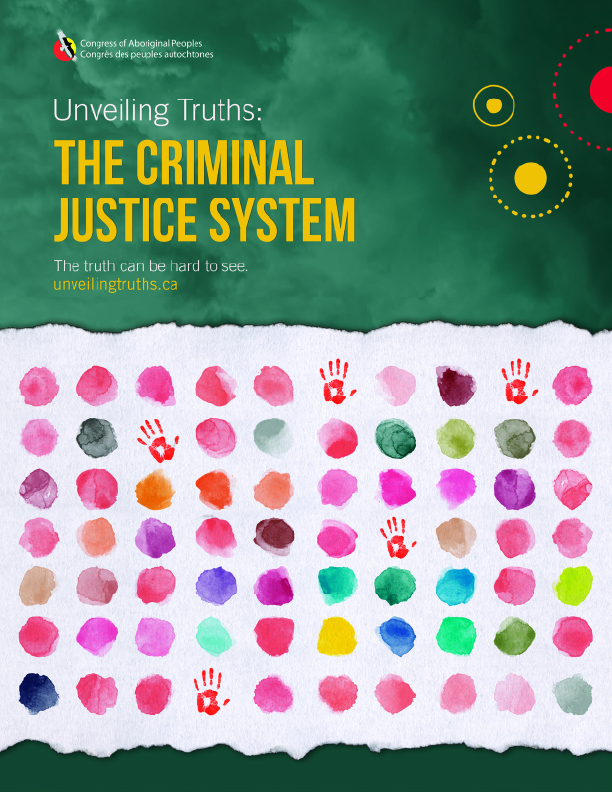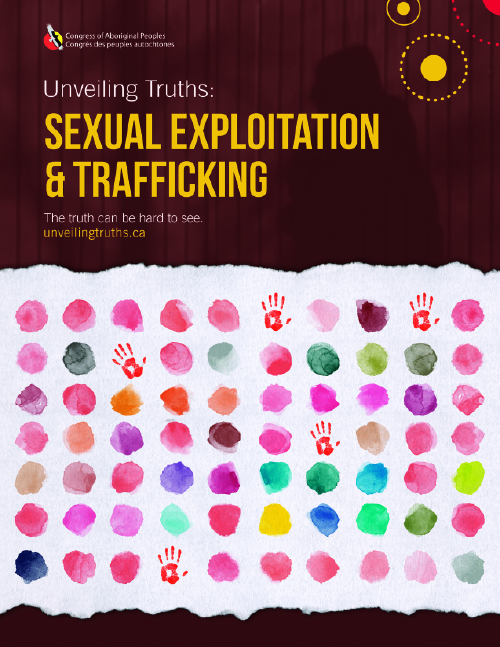Women feature prominently in Indigenous stories and oral traditions as strong and respected leaders. However, you would not know this from the portrayals of Indigenous women in the media. Negative stereotypes of Indigenous Peoples, particularly women, began with European colonization and continue today. This has very real and harmful impacts on the lives and livelihoods of Indigenous women and girls.
These stereotypes are deeply rooted in history when European settlers constructed Indigenous women and girls as sexual objects. This perception placed Indigenous women and girls in the lowest ranks of society. It contrasted them against white, European femininity, which was viewed as superior. Today, popular culture continues to portray these degrading stereotypes – in film, fashion, and music – impacting how Indigenous women and girls are valued both in their personal relationships and by society.
At the same time, when the media covers news stories about Indigenous women and girls, their humanity is often left out, and they do not receive the care, attention, or visibility given to non-Indigenous women and girls. When the media does speak about Indigenous women, it is often in terms that only reinforce cultural stereotypes.
Instead of stigmatizing victims, the media needs to help Canadians better understand the systemic roots of violence against Indigenous women and girls. The lives of these women deserve to be equally celebrated and grieved. Focusing on their lived experiences—by highlighting their strengths, accomplishments, communities, and resilience—can humanize them and help readers understand their realities.
The truth can be hard to see.

The media reports 3.5 times less frequently on stories of violence and MMIWG than about stories about non-Indigenous women.

Indigenous women and girls are strong, accomplished, resilient community leaders.
Stand with us. Share the knowledge.
Positive relationships and allyship between non-Indigenous and Indigenous Peoples can exist. The first step to building these relationships is for Canadians to learn about the colonial past and how it influences our society, and help get the message out. Once you have read the reports, we encourage you to share this information with your networks by connecting them to this page.
The truth can be hard to see.
The media is still impacting Indigenous women and girls.






